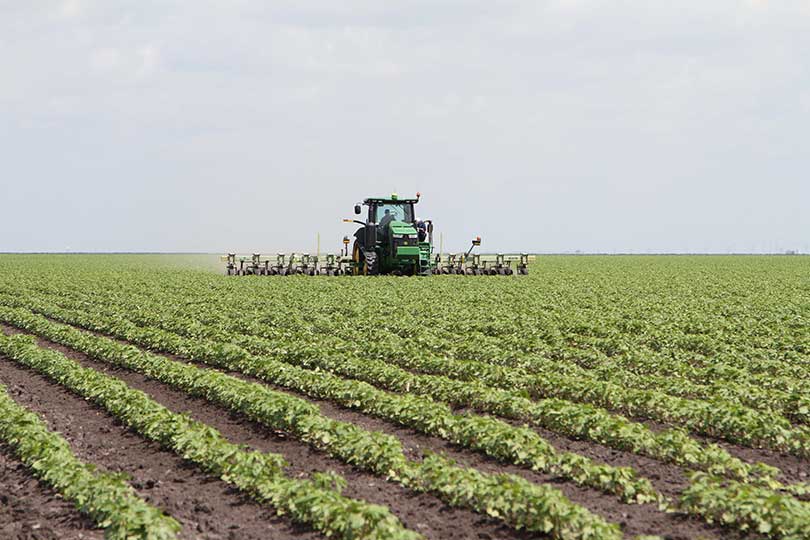The amount of farm properties coming to the market in the next few years will likely remain limited, according to a recent U.S. Department of Agriculture (USDA) study.
That’s tough news for those trying to enter into farming and ranching. Access to land—either as a renter or owner—is one of the biggest obstacles for younger farmers and ranchers, according to AgWeek.
Farmland ownership and potential for future land accessibility by young and beginning farmers was the focus of a USDA study that analyzed data from the 2014 Tenure, Ownership and Transition of Agricultural Land survey.
USDA’s report indicates of the 911 million acres of land in farms in the contiguous 48 states, 31 percent is owned by entities—non-operator or absentee landlords—that are not involved in farming and rent the land to other farm operators.
About 61 percent is owned by farm operators, with the remaining 8 percent owned by farm operators who rent out a portion of their farmland.
The method of acquisition and intended method of transfer of owned farmland is quite different between the non-operator landlord and the two operator groups.
The operator landowners purchased 50 percent of their land from non-relatives and 4 percent at auctions. Non-operator landowners acquired 30 percent of their land from non-relatives and 2 percent at auctions.
The majority of non-operator owned land, 54 percent, was inherited by the current owner or received as a gift. Further, 45 percent of non-operator landlords report they have never farmed.
According to the report, about 10 percent—or 93 million acres—of U.S. farmland is expected to see a change in ownership between 2015-2019. But about 60 percent of those ownership changes will occur through the use of trusts, wills or gifts.
That leaves less than 40 percent—or 34.3 million acres–expected to be sold during that same time period. Only 21.1 million of those 34.3 million acres are expected to be sold to a non-relative of the current owner.
The researchers did note that although the amount of farmland expected to be sold is relatively small, some of the land transferred through trusts, wills and gifts may be sold by the new owners, which would increase the supply of land available for purchase.
One of the most common farmland transfer methods in recent years, particularly among operator landowners, has been putting land into trusts.
AgWeek reports that the average acreage for those planning to transfer land through a trust during the years 2015-2019 was 420 acres, compared with 47 acres for those planning to transfer land in a will.
Gifting of farmland was more common among non-operator landowners than operator landowners.
The researchers concluded that the supply of land available for purchase on the open market is not likely to vary much over time, making access to land an ongoing problem for beginning farmers or those who want to expand their existing operations.
To view the entire findings of the study, U.S. Farmland, Ownership, Tenure and Transfer, visit http://bit.ly/2fVrdVc.


I am a non -operator who inherited 490 acres & lease all of those acres to a farm/ranch operator. Although I live in another state, the acres I own are in north central Texas. My inheritance represents part of a 1000 acre total farmland in my family since 1900. My two cousins own the remaining acres. We are the 4th generation. My great grandfather began buying the land. We own it all free & clear. Some of the deeds go back before 1900.
Farmland for sale is tough to find but it can be found. You won’t always find it in the location you want which is half of the battle. And when you pair high prices with a poor farm economy, its not a great recipe.